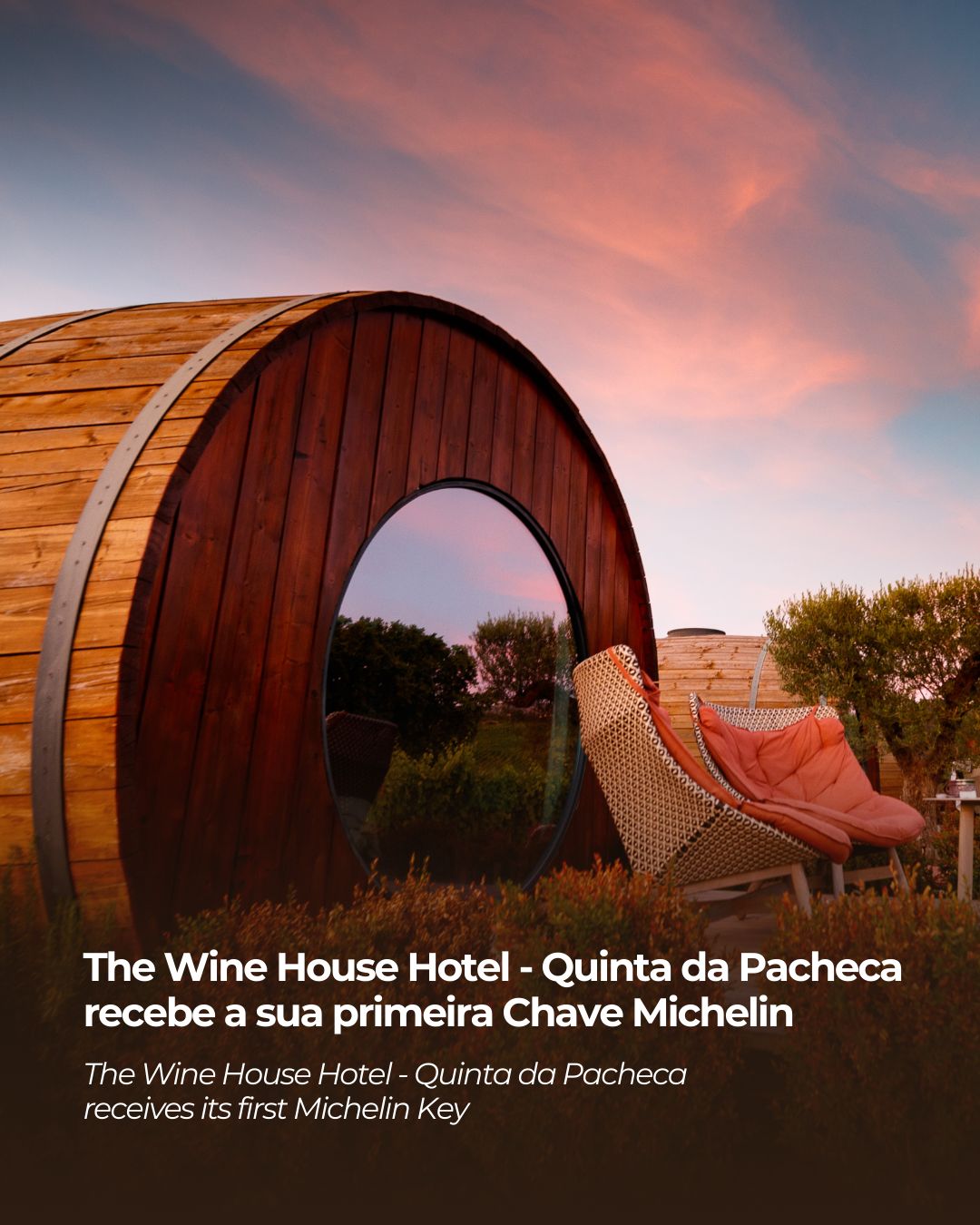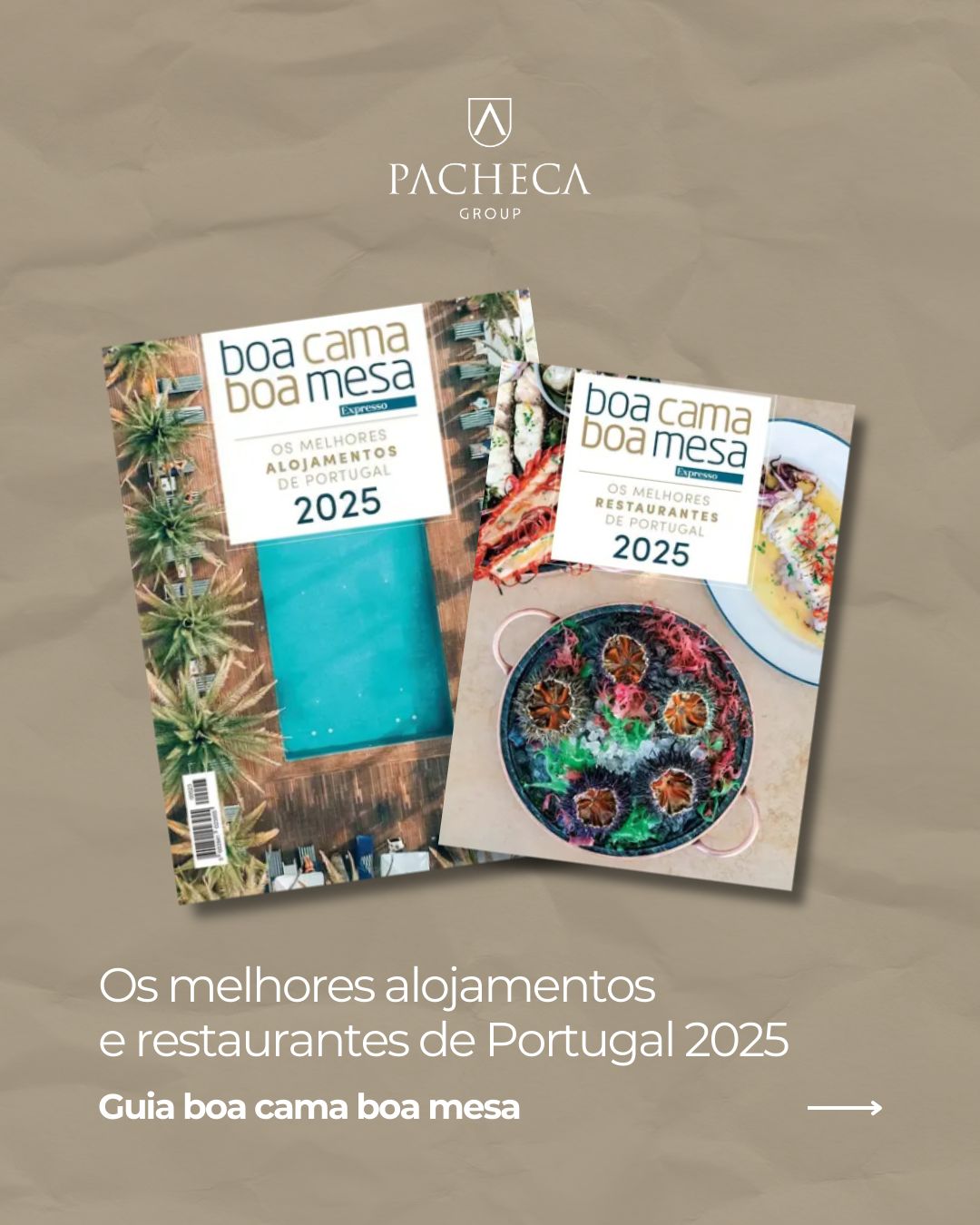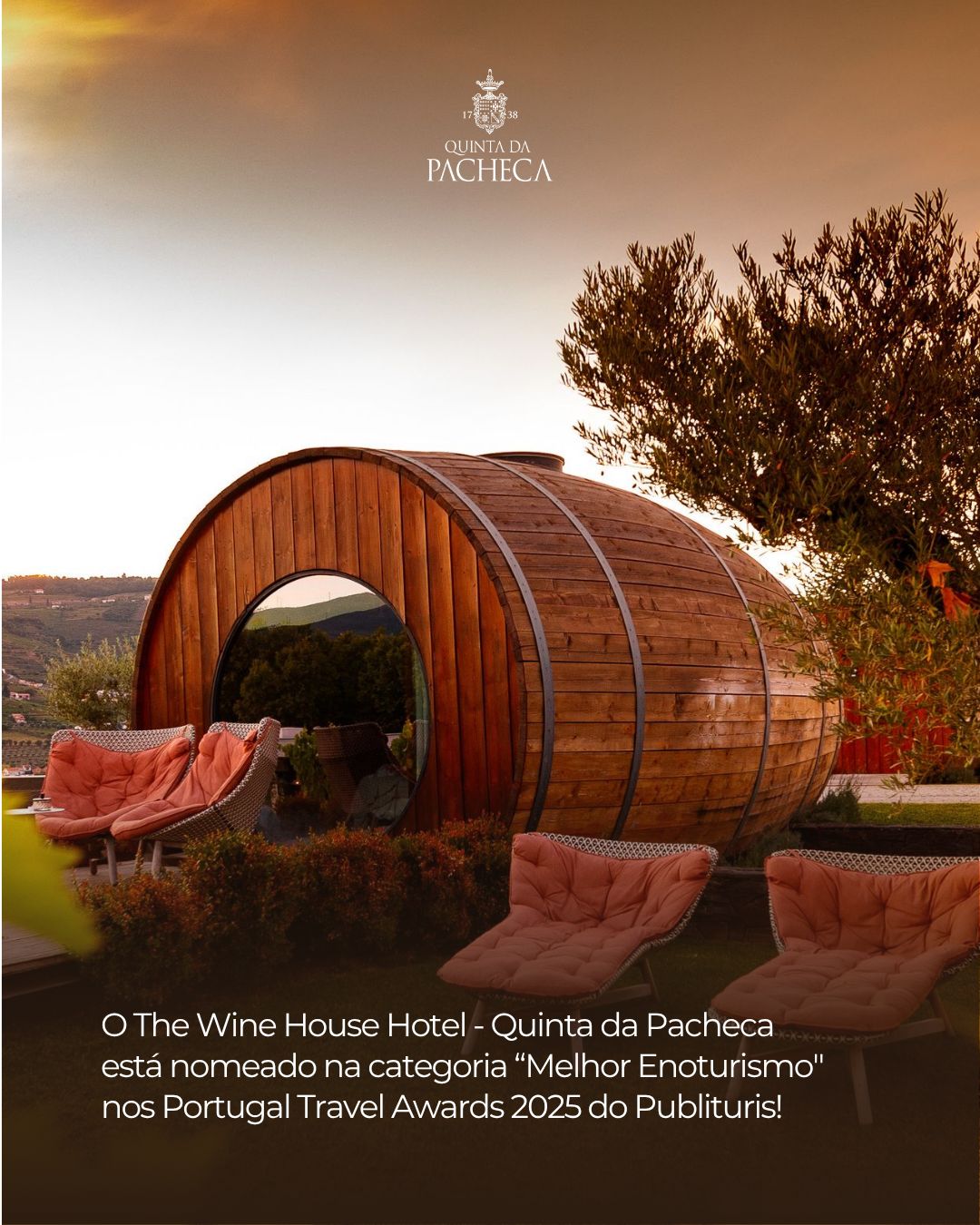À descoberta da variedade de uva Baga
O vasto leque de castas autóctones de Portugal é verdadeiramente fascinante, e entre esses tesouros encontra-se a casta Baga. Do latim, "baga" significa "pura" e "sem mistura", designando uma casta de renome que desempenha um papel fundamental na produção de vinhos e espumantes de qualidade em Portugal. A Baga é frequentemente referida como a "Nebbiolo de Portugal" devido à sua notável capacidade de envelhecimento e à complexidade que vai adquirindo ao longo do tempo.
A Baga tem raízes profundas e está intrinsecamente ligadas à região vinícola da Bairrada, situada na costa central de Portugal, onde o terroir desempenha um papel fundamental no seu cultivo. A região da Bairrada beneficia de abundante luz solar e de solos argilo-calcários, que proporcionam condições ideais para o desenvolvimento desta casta. Estes solos garantem uma excelente drenagem, retendo simultaneamente a humidade necessária e equilibrando o fornecimento de água ao longo da estação de crescimento. Além disso, a combinação do solo com o clima ameno e húmido da Bairrada — devido à sua proximidade ao mar — contribui para a maturação lenta e uniforme das uvas. Deste processo resultam vinhos que expressam o autêntico terroir da região com grande personalidade e expressividade.
Uma das características mais marcantes da Baga é a casca grossa das suas uvas, que confere uma estrutura tânica impressionante aos seus vinhos. Os vinhos elaborados com a Baga são considerados encorpados, com acidez vibrante, excelente potencial de envelhecimento e harmonizam na perfeição com pratos mais sofisticados. Estes vinhos apresentam, normalmente, uma cor profunda e escura, indicativa da elevada concentração de compostos fenólicos na casca da uva. Além disso, a Baga é frequentemente utilizada na produção de vinhos espumantes da região da Bairrada, de renome pela sua mineralidade e elegância subtil.
A maioria das vinhas de Baga são plantadas em densidade média, o que permite um melhor controlo da produção por videira. Esta prática contribui para uma maior concentração de sabores nas uvas. Os aromas típicos associados à Baga incluem notas de frutos vermelhos maduros, especiarias, flores secas e até nuances terrosas e minerais. A complexidade aromática varia de acordo com as técnicas de viticultura e vinificação empregues por cada produtor.
Os cachos de Baga destacam-se não só pelo sabor, mas também pelo tamanho e aparência. Em média, os cachos tendem a ser compactos e pequenos, diferenciando-os de muitas outras variedades. Esta compactação contribui para a concentração das uvas e para a qualidade do vinho resultante. Como as uvas estão muito próximas umas das outras, beneficiam de uma melhor troca de nutrientes e de um processo de maturação mais uniforme. Esta característica é uma das razões pelas quais a Baga é tão apreciada em Portugal.
Com as suas características distintivas e vasta gama de aromas e sabores, a Baga desempenha um papel essencial na produção de vinhos portugueses. Seja em vinhos tintos de guarda magistral ou em requintados espumantes, a Baga reina como a casta rainha da Bairrada, oferecendo uma viagem sensorial única que reflete verdadeiramente a tradição da região.




